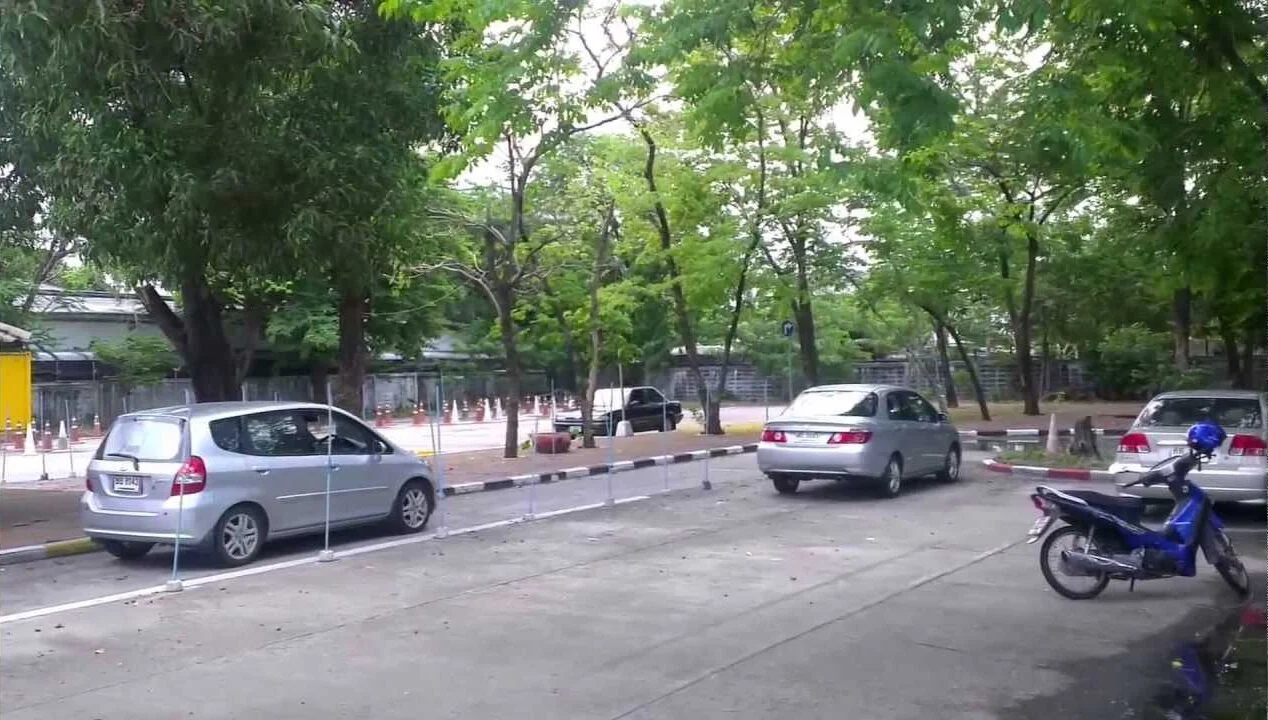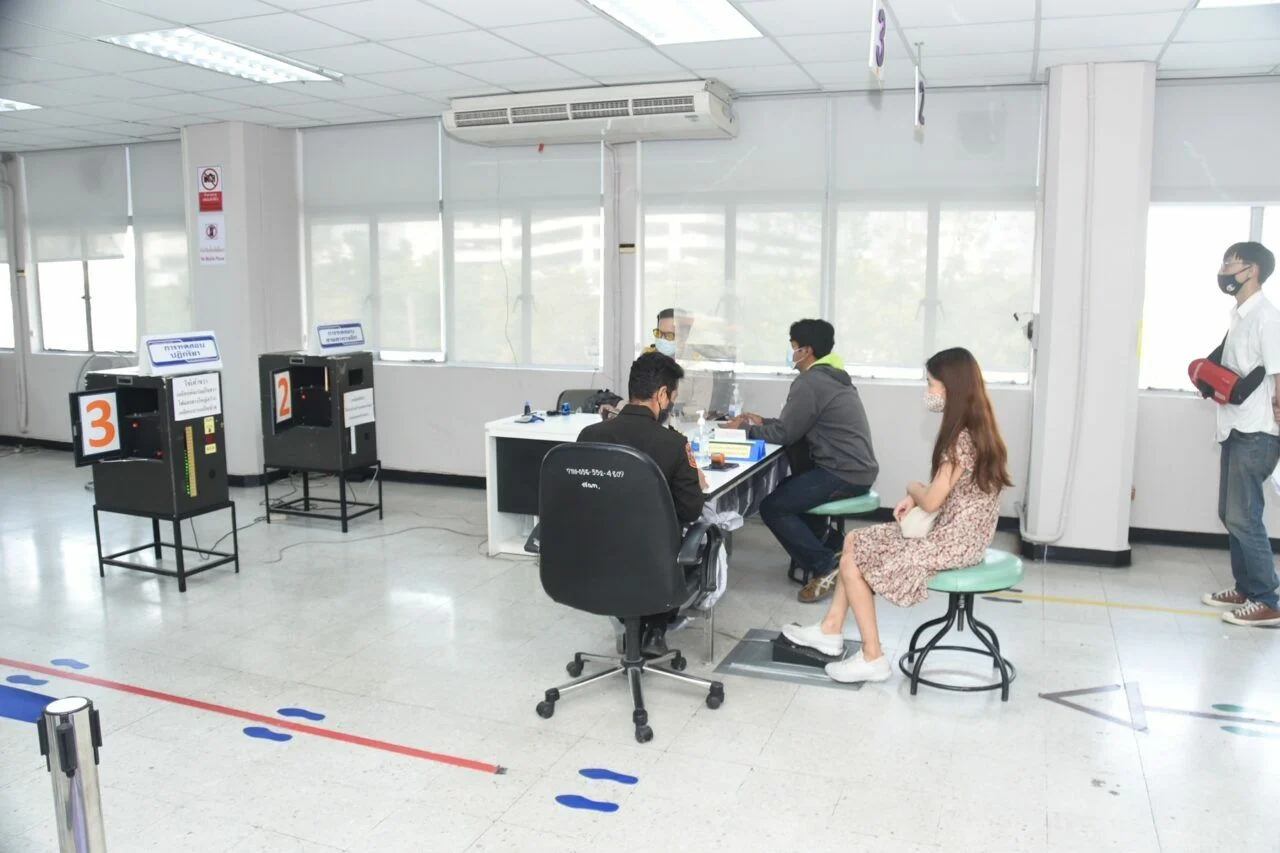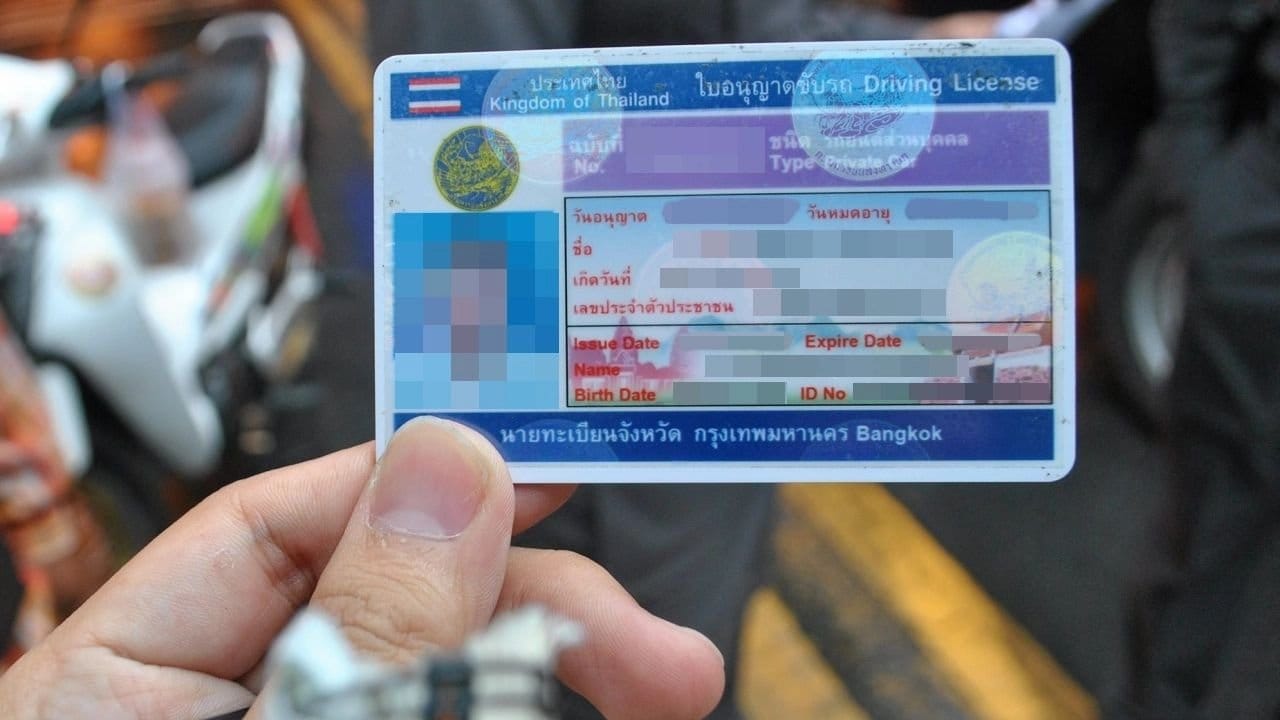For foreigners living in or visiting Thailand, obtaining a Thai driving license can feel like a daunting task. Whether you’re an expat settling down long-term or a tourist wanting the freedom to explore the country on your own terms, having a local driving license is essential. However, many foreigners quickly discover that applying for one is far from straightforward. Here are some of the key reasons why foreigners often find the process challenging and what you can do to make it smoother.
1. Language Barriers
One of the primary obstacles is the language barrier. Most government forms and official procedures are in Thai, and while some offices do provide English translations, they are not always accurate or comprehensive. Communicating with government staff can also be difficult, as not all officers are proficient in English. This can lead to misunderstandings, errors in documentation, and missed steps, prolonging the entire process.
Tip: If your Thai is limited, consider bringing a trusted translator or working with a service that specializes in helping foreigners navigate these processes.
2. Complex Documentation Requirements
Applying for a Thai driving license requires various documents, which can be confusing to gather. Depending on your situation, you may need to provide:
- A valid passport with a valid visa
- A work permit or proof of residency (such as a residence certificate)
- A medical certificate issued within the last 30 days
- Your international driving license or previous driving license from your home country (if applicable)
The type of visa you hold also affects the documentation required, and understanding these requirements can be a challenge without proper guidance.
Tip: Prepare all your documents carefully and double-check the specific requirements for your visa type to avoid unnecessary delays.

3. Long Wait Times and Appointments
Booking appointments through Thailand’s smart queue systems often means waiting anywhere from a month or more for a slot. The popularity of these services, combined with limited availability, makes it difficult to secure a quick appointment, especially for foreigners unfamiliar with the system. Walk-ins are sometimes available but can involve hours of waiting, with no guarantee of being seen that day.
Tip: Plan well in advance and be prepared for potential delays. Alternatively, working with services that have established relationships with government departments can help fast-track the process.
4. Navigating Multiple Steps
The process of getting a Thai driving license is not a single-step procedure. It typically involves multiple visits to the Department of Land Transport (DLT), each with its own set of tasks:
- Initial Application Submission: You’ll need to submit your documents for review.
- Driving Theory Test: A multiple-choice exam to test your knowledge of Thai road rules and traffic laws.
- Practical Driving Test: You’ll have to demonstrate your driving skills on a test track, following specific maneuvers and guidelines.
For someone unfamiliar with these requirements, completing each step properly can be time-consuming and overwhelming.
Tip: Make sure to prepare for the theory test in advance by studying the relevant road laws. You can find online resources, including mock tests, to help familiarize yourself with Thai traffic rules.
5. Cultural Differences in Procedures
Cultural differences can add to the challenge, particularly in terms of how processes are followed. In Thailand, procedures may vary slightly depending on the region or even the particular government office you visit. A process that works in one office may not be the same in another, leaving foreigners confused about the correct steps to follow.
Tip: Be patient and flexible. Understanding that things may not move as efficiently as you are used to in your home country will help manage expectations.

6. Unfamiliarity with Road Laws and Testing Criteria
The theory test and practical driving test can be tricky for foreigners unfamiliar with Thailand’s unique road rules. While many laws are similar to those in other countries, some are specific to Thailand, such as different signage, right-of-way rules, and local driving etiquette. The practical test also involves specific maneuvers that might not be required in other countries, such as reverse parking and three-point turns.
Tip: Study the driving handbook thoroughly and practice the specific maneuvers required for the practical test. Don’t assume that being an experienced driver in your home country is enough to pass.
7. Frequent Changes in Regulations
Thailand’s driving license application process is subject to change, with regulations and requirements being updated periodically. Keeping track of these changes can be difficult for foreigners, especially if they’re unfamiliar with how to access up-to-date information.
Tip: Check for the latest updates on the requirements before starting your application, or seek assistance from professionals who stay informed on the latest regulations.
Conclusion: Simplifying the Process with Expert Help
Applying for a Thai driving license as a foreigner can be challenging due to language barriers, complex documentation requirements, long wait times, and unfamiliar procedures. However, these challenges can be overcome with the right preparation and assistance.
At Experthai, we specialize in helping expats and tourists navigate this process smoothly. From handling all your documentation to fast-tracking appointments and providing support through each step, we take the stress out of getting your Thai driving license. With our expert guidance, you can avoid common pitfalls and complete the process efficiently, so you can enjoy driving legally in Thailand without the hassle.


